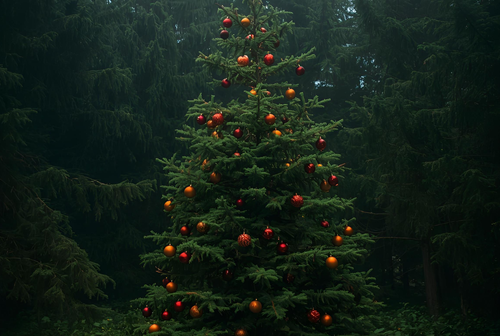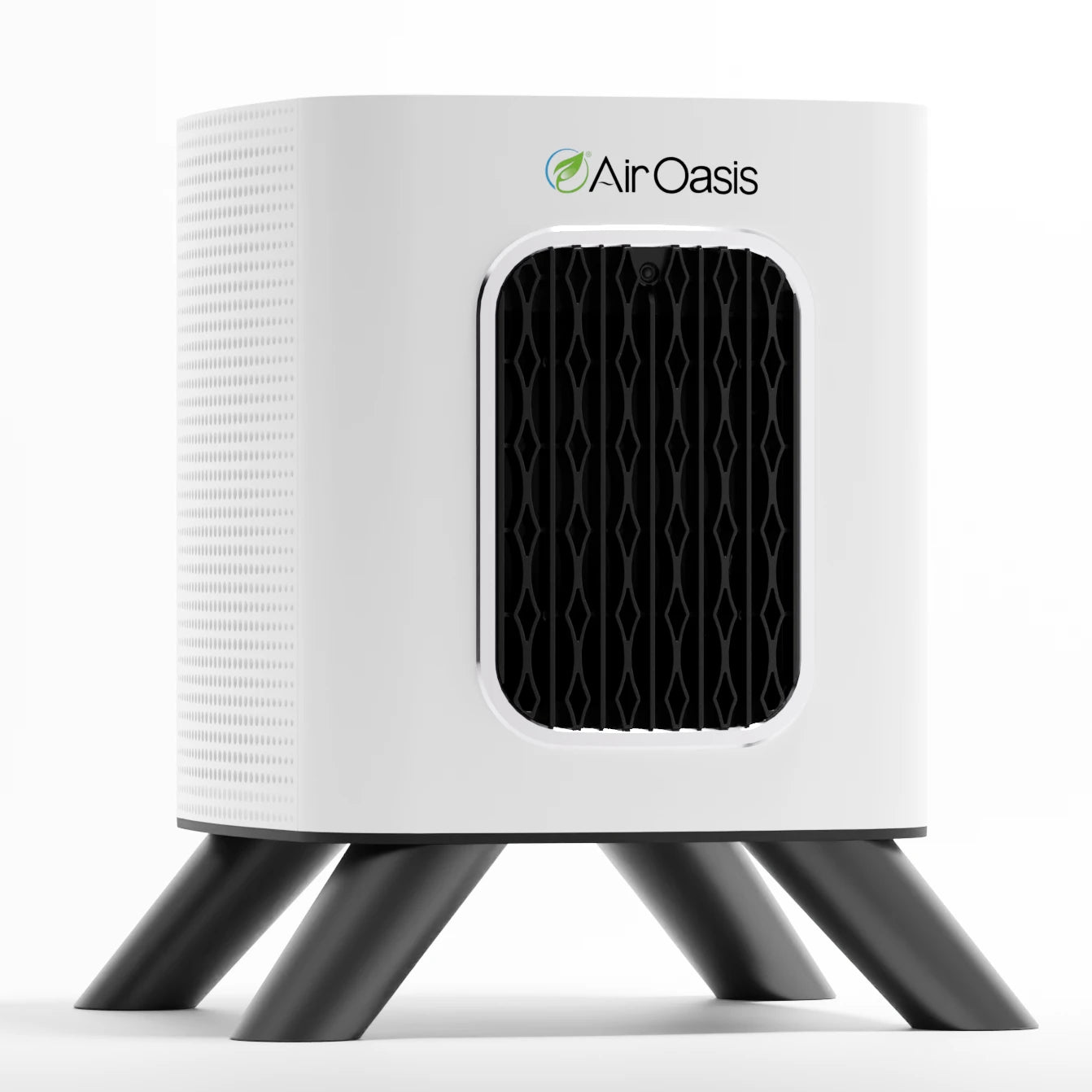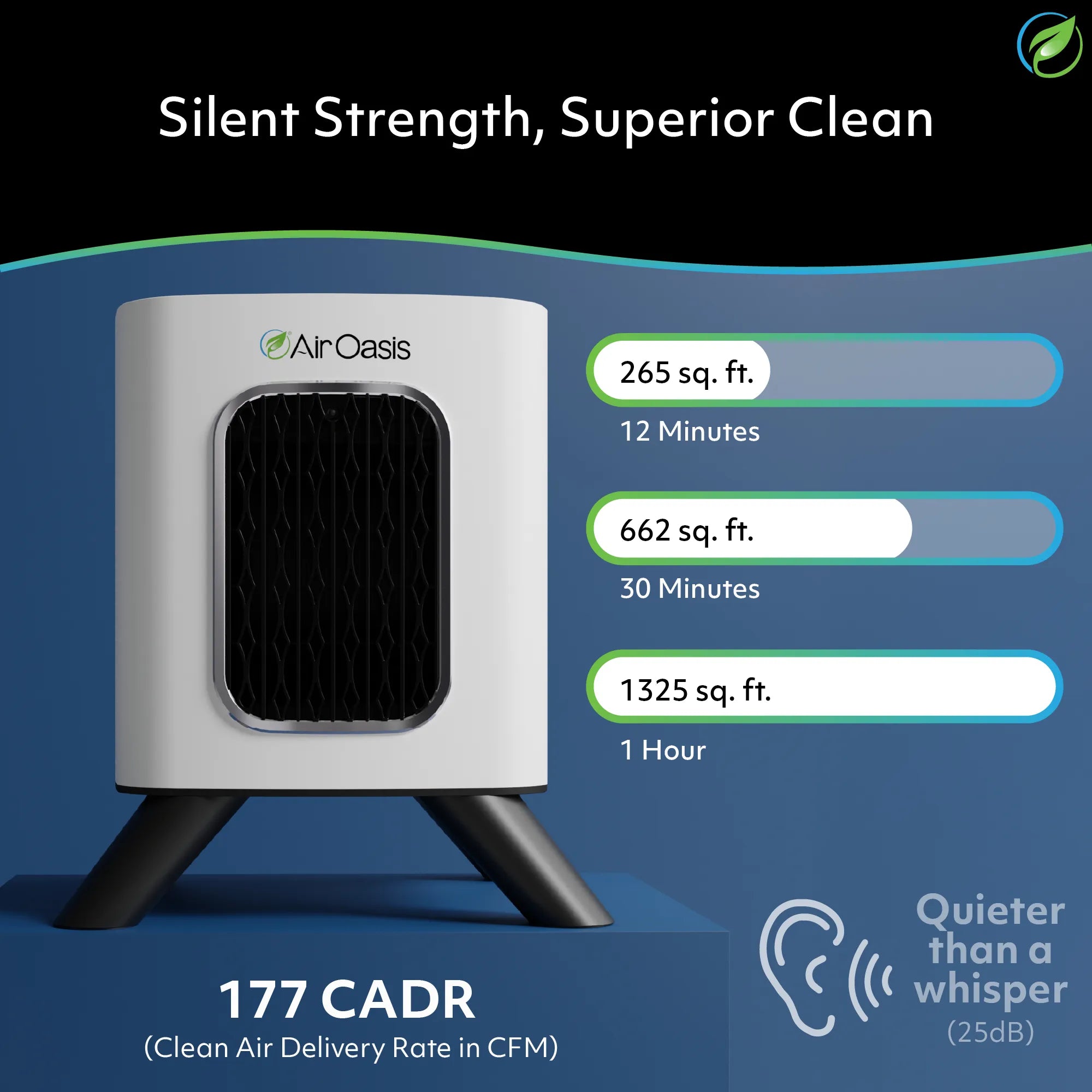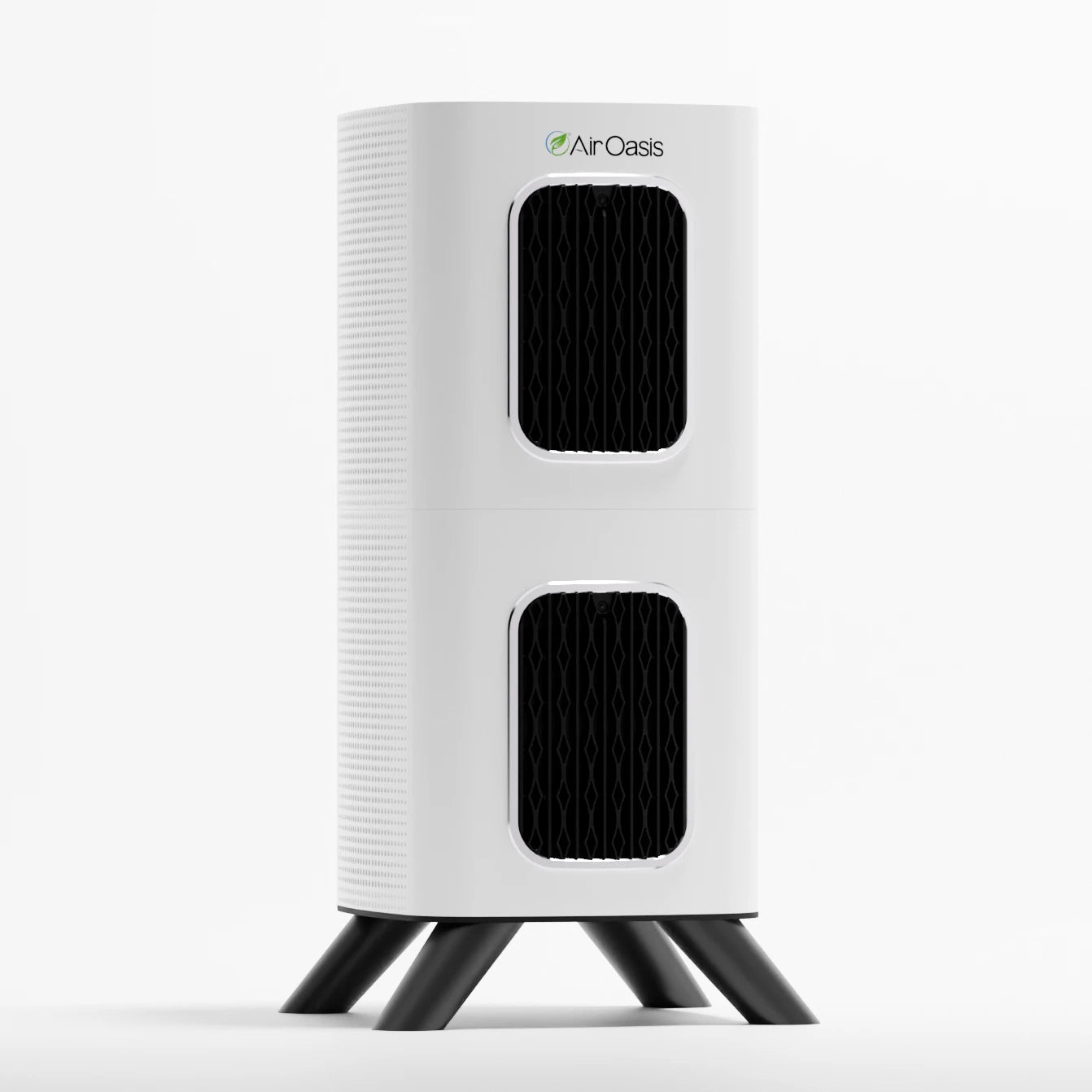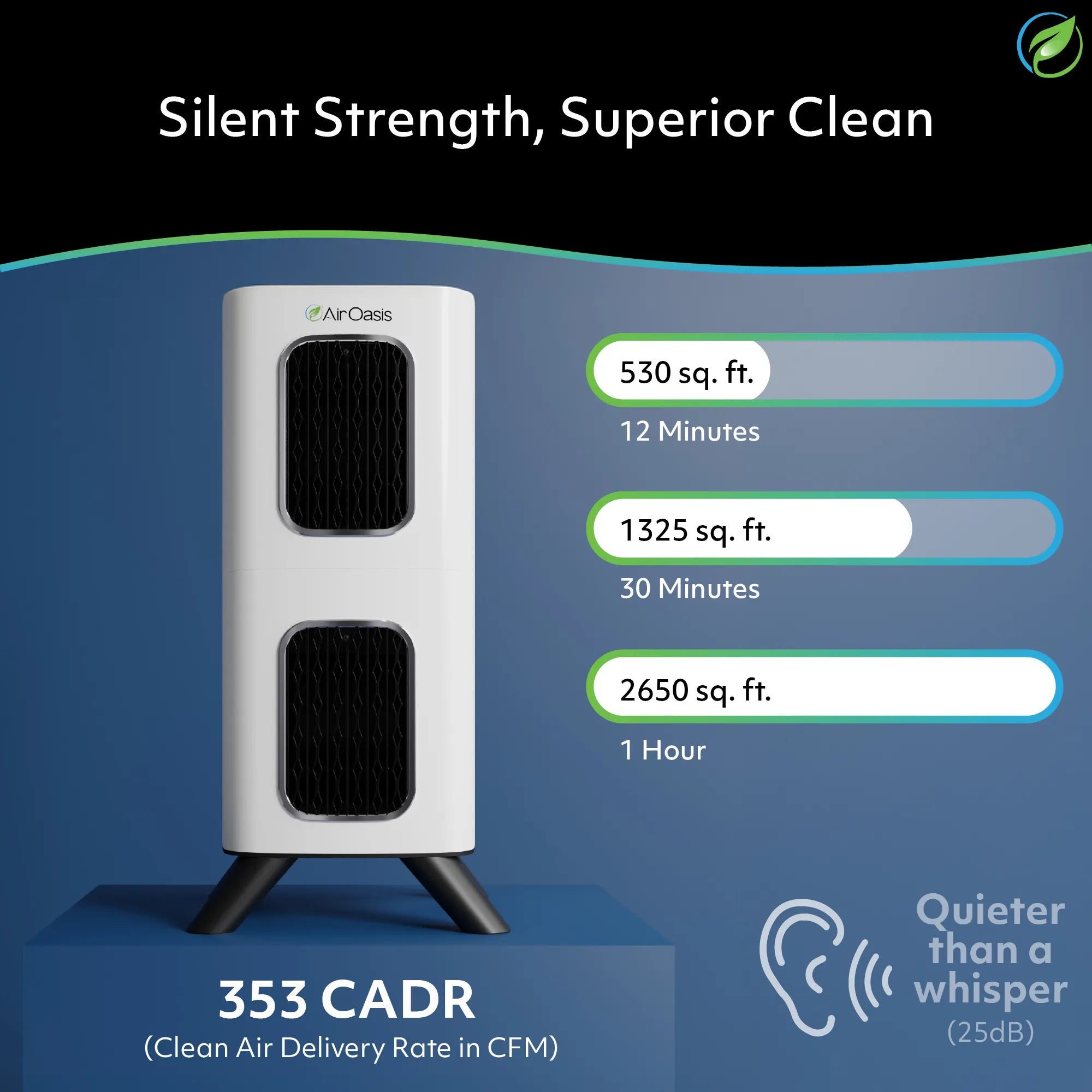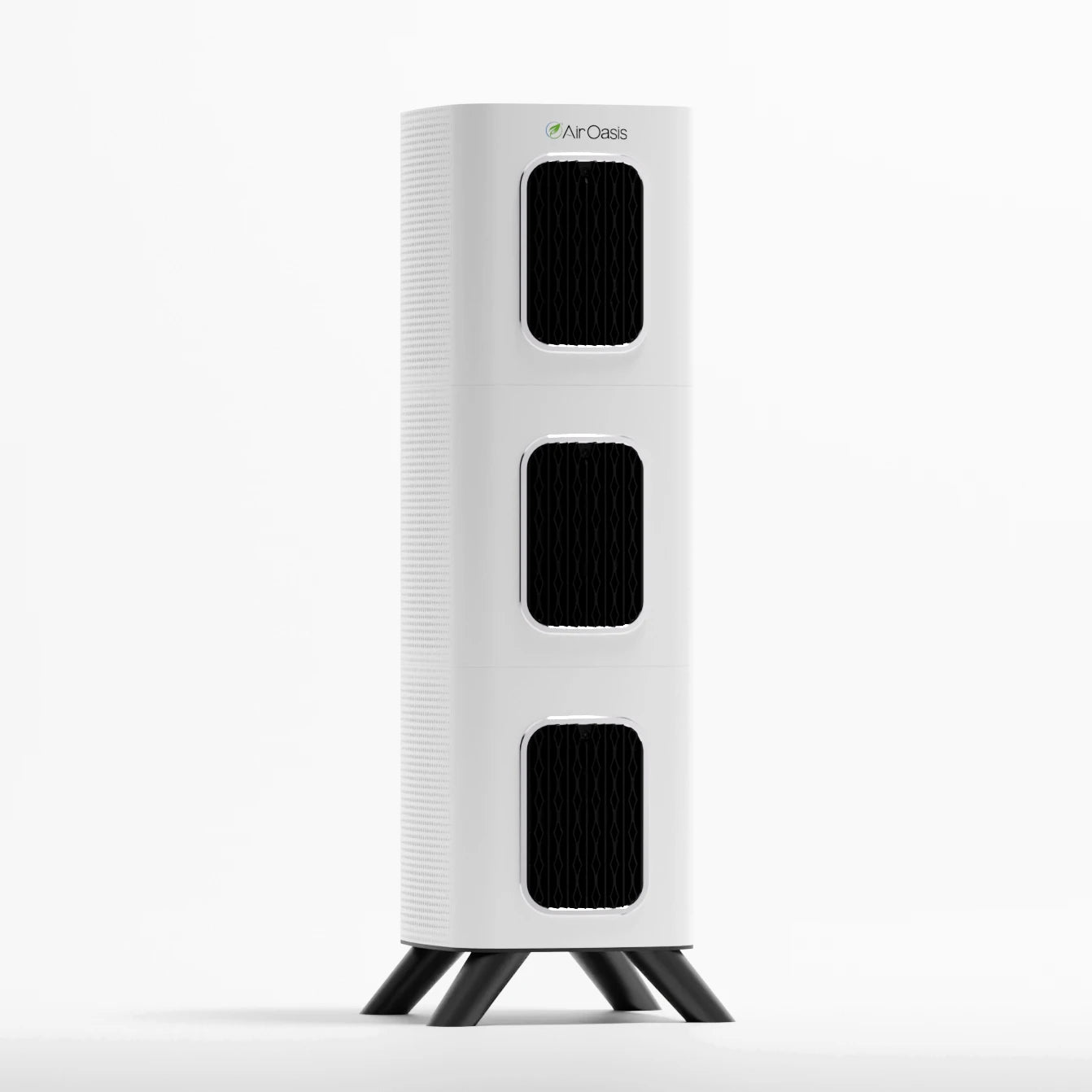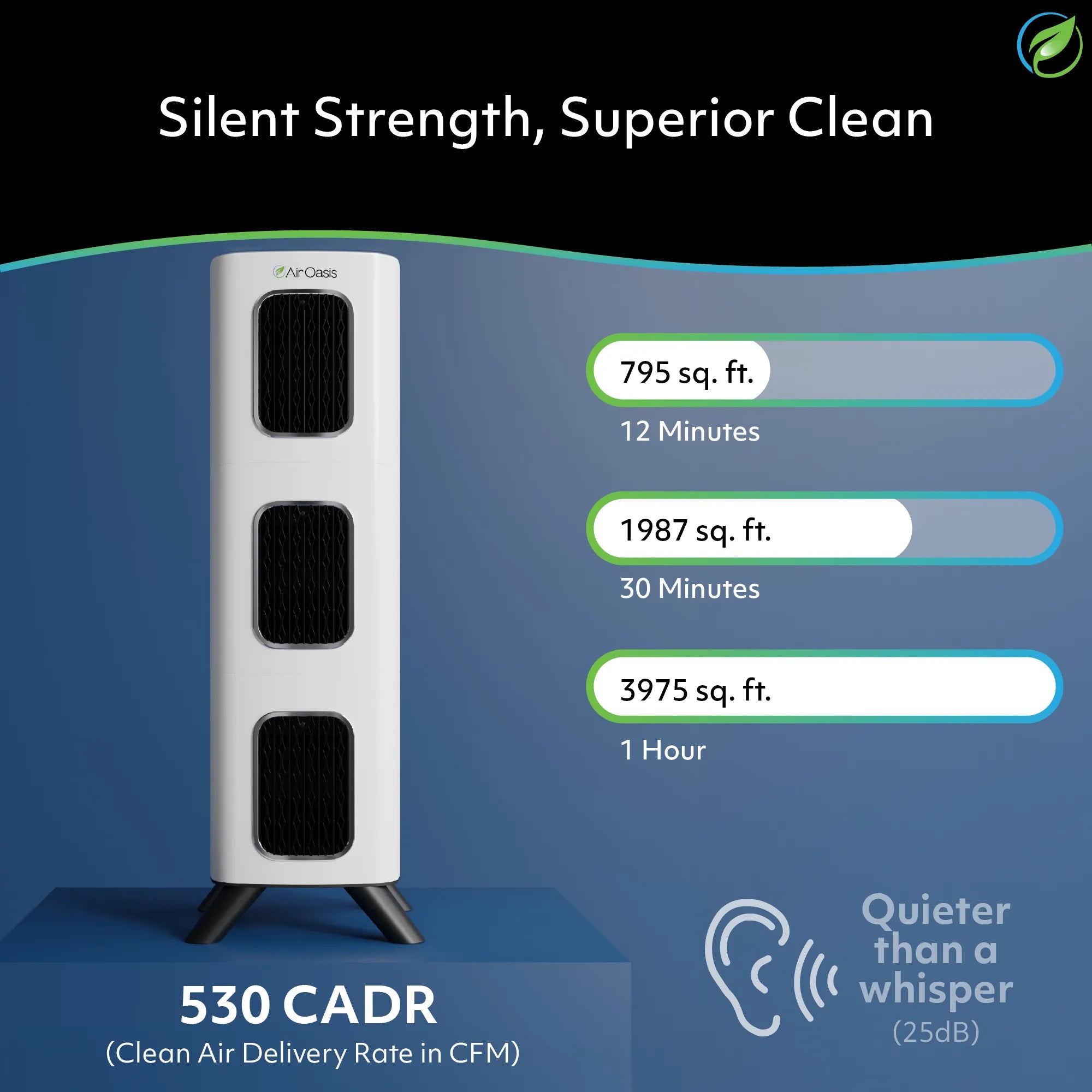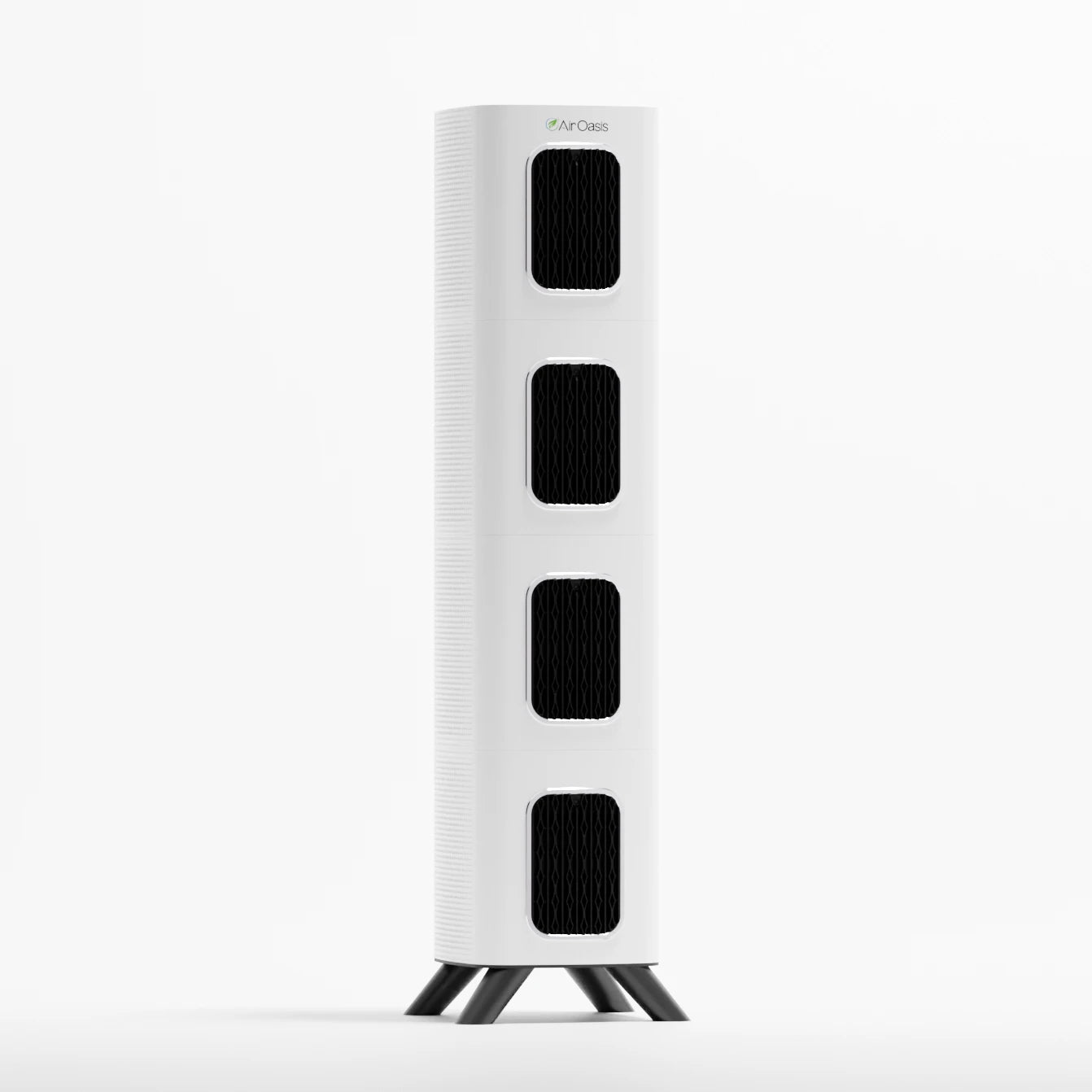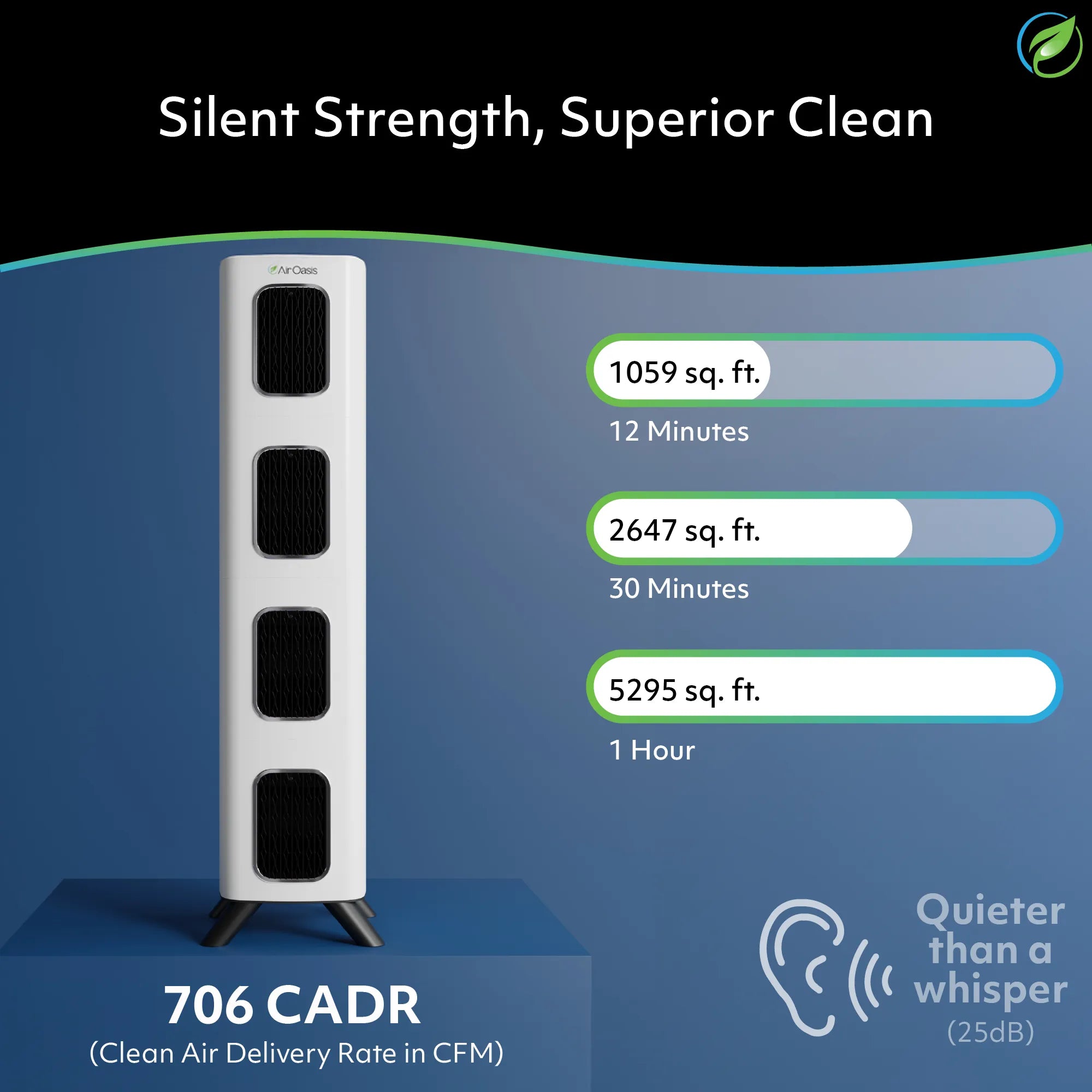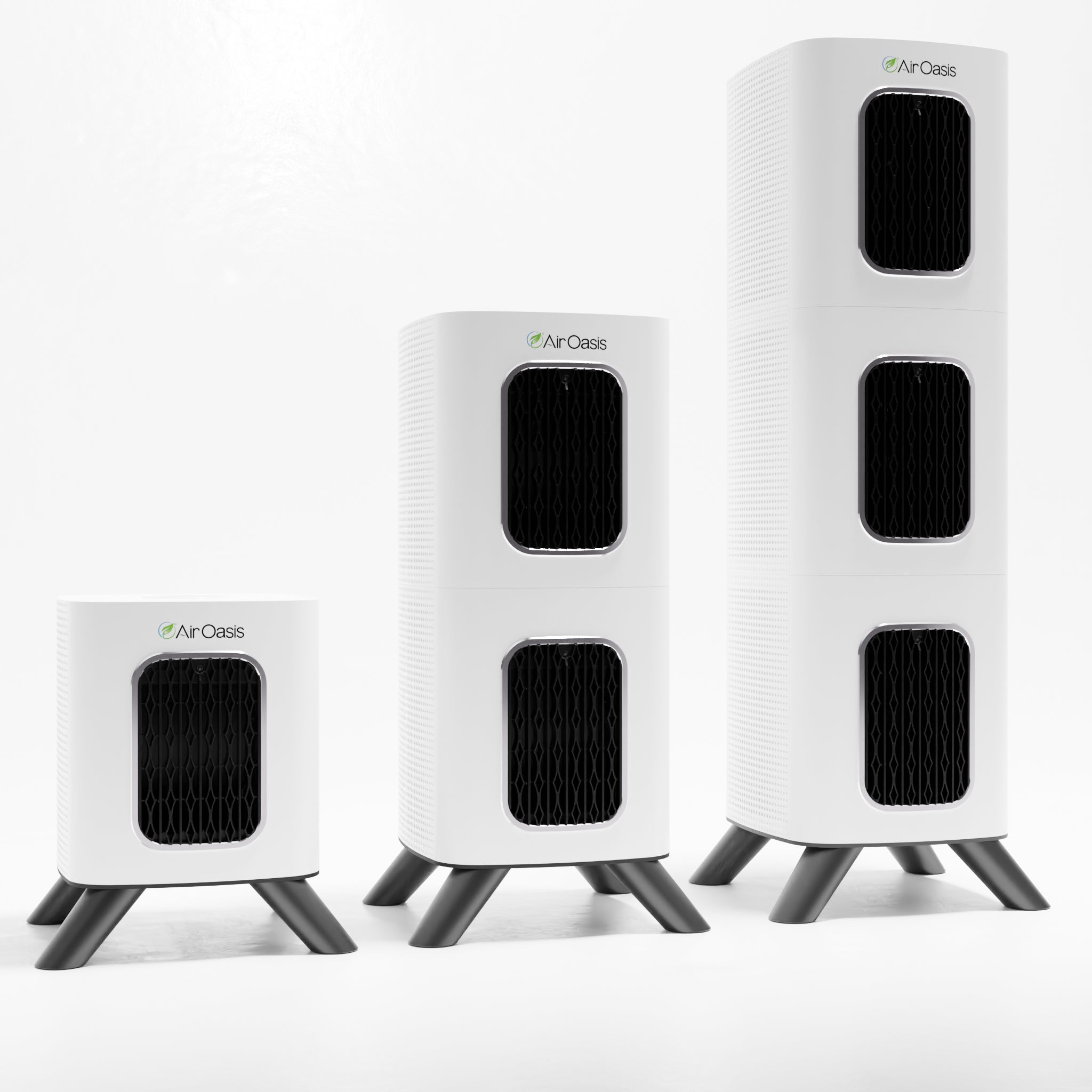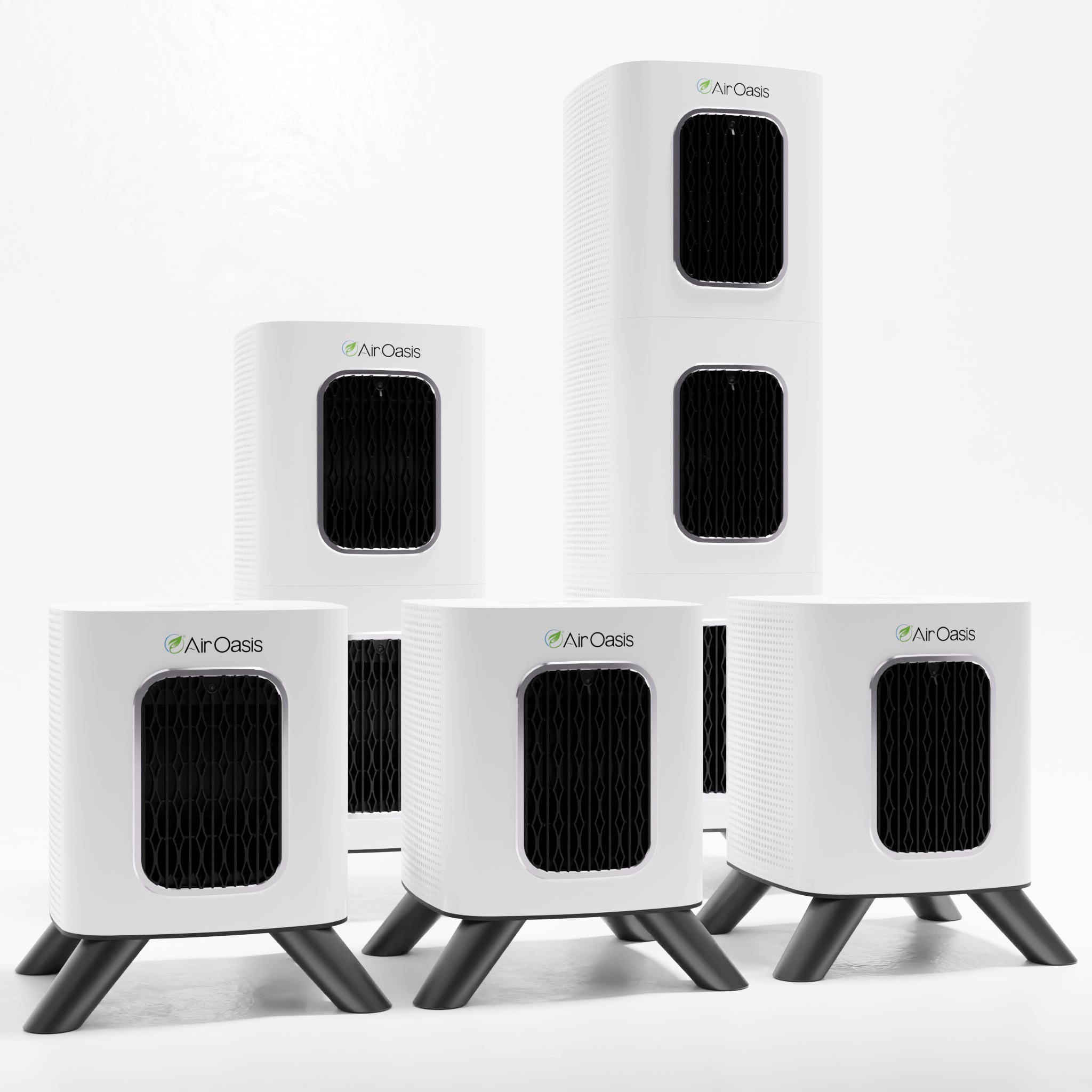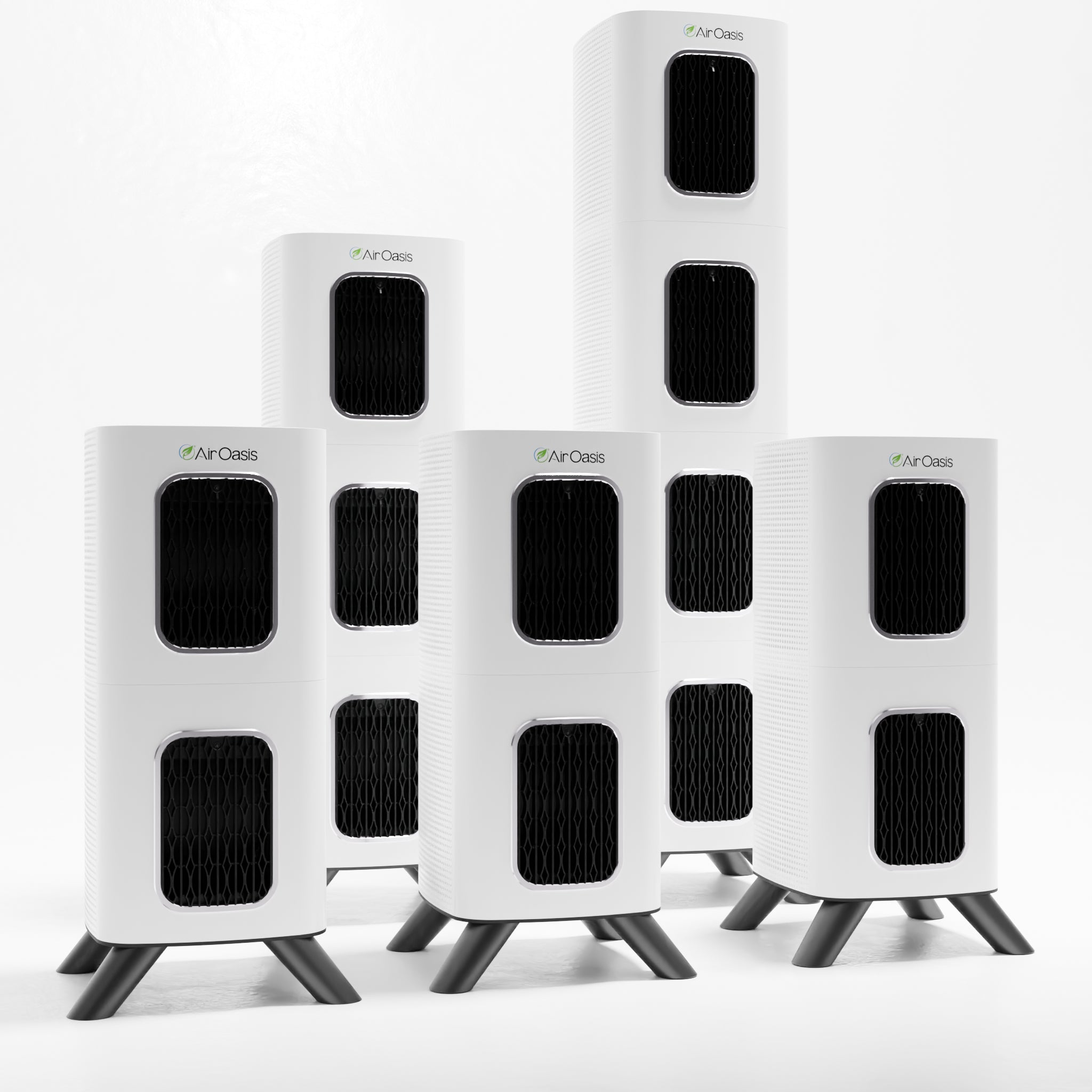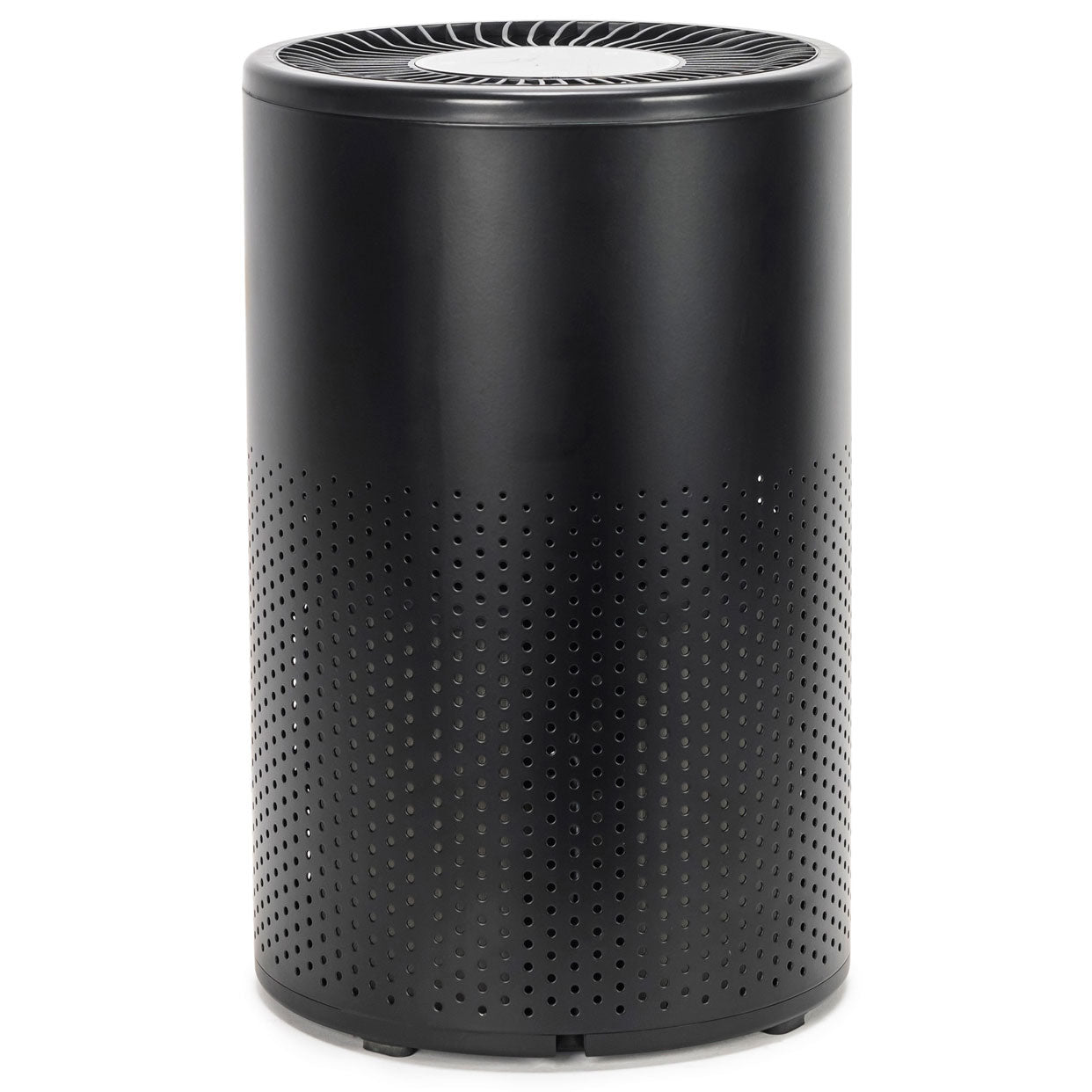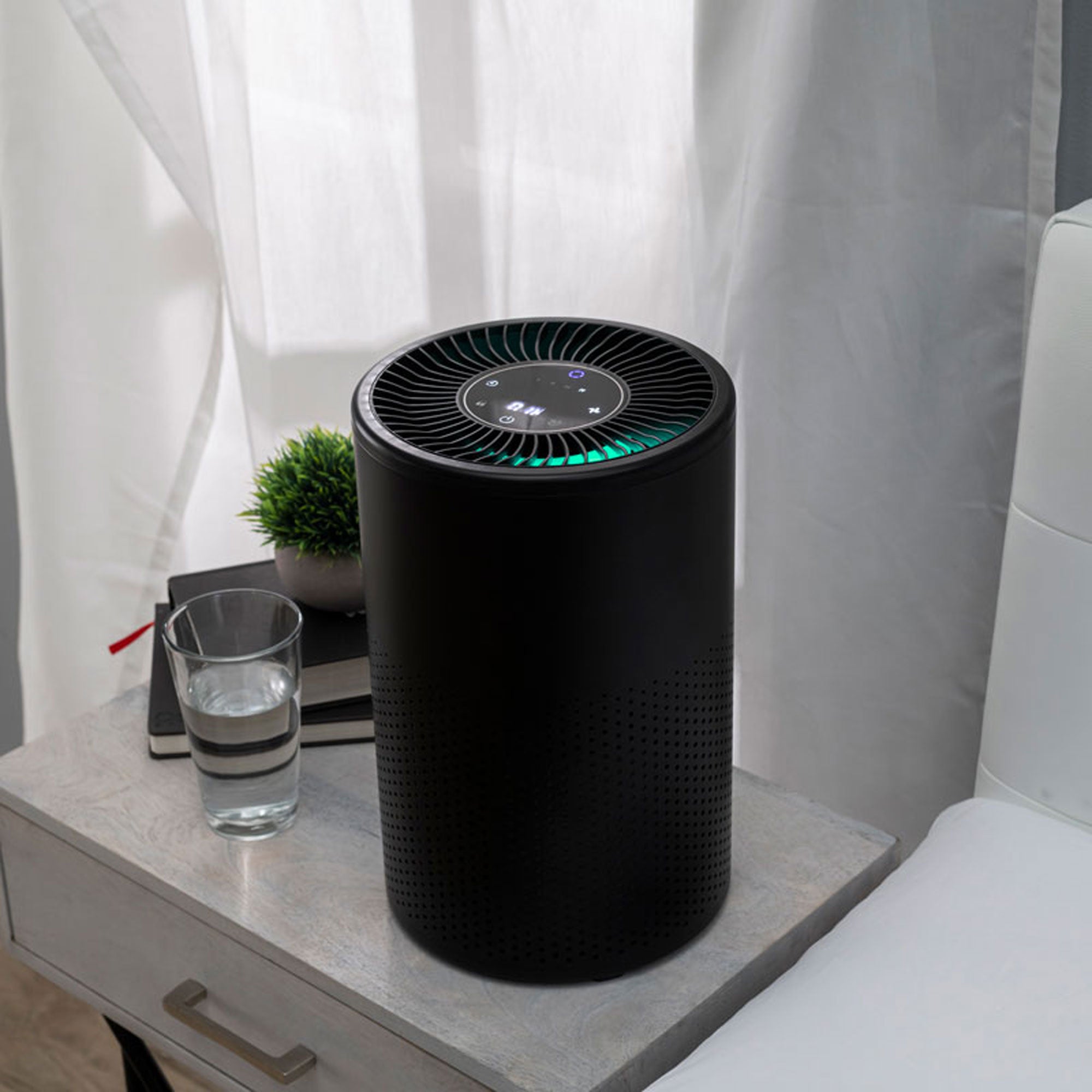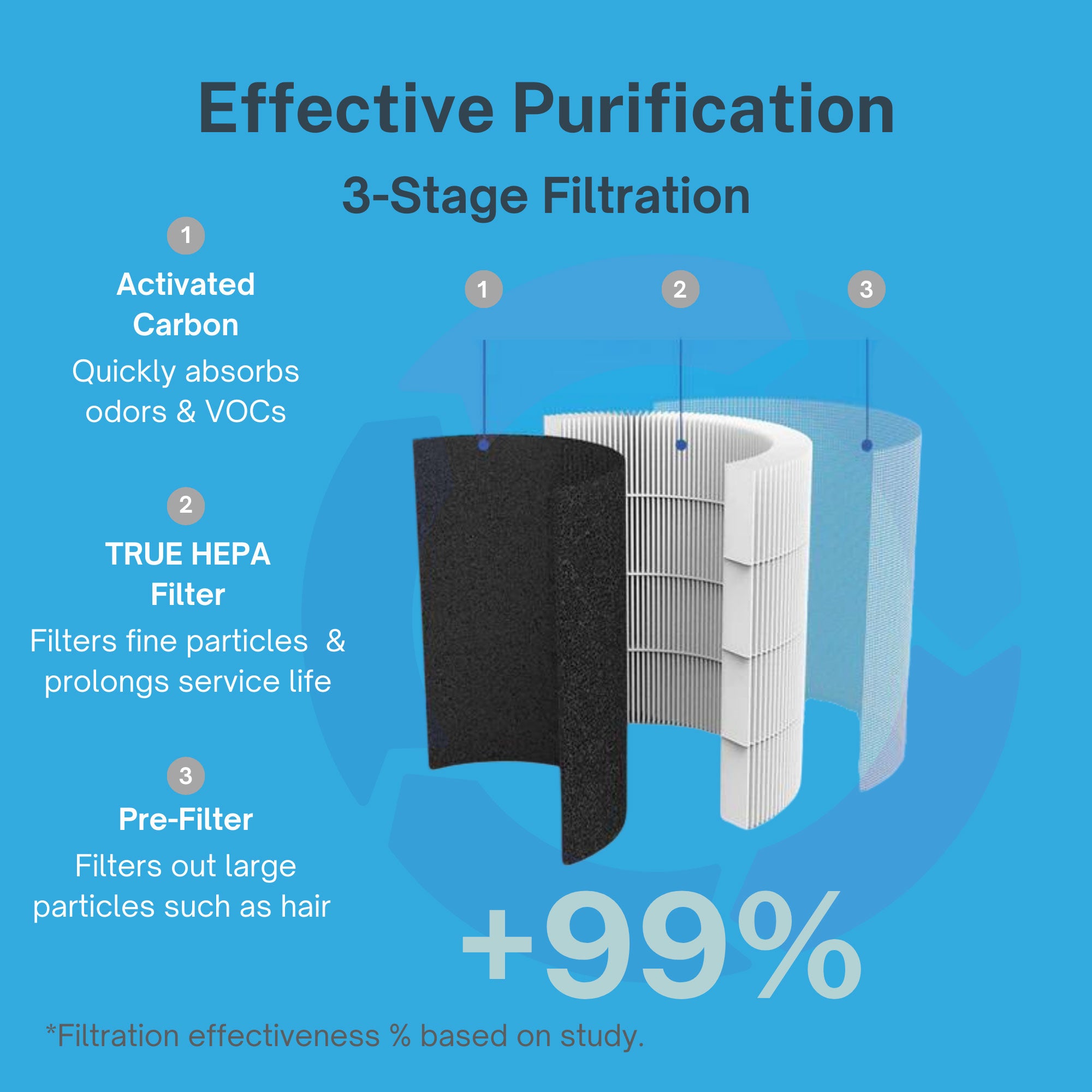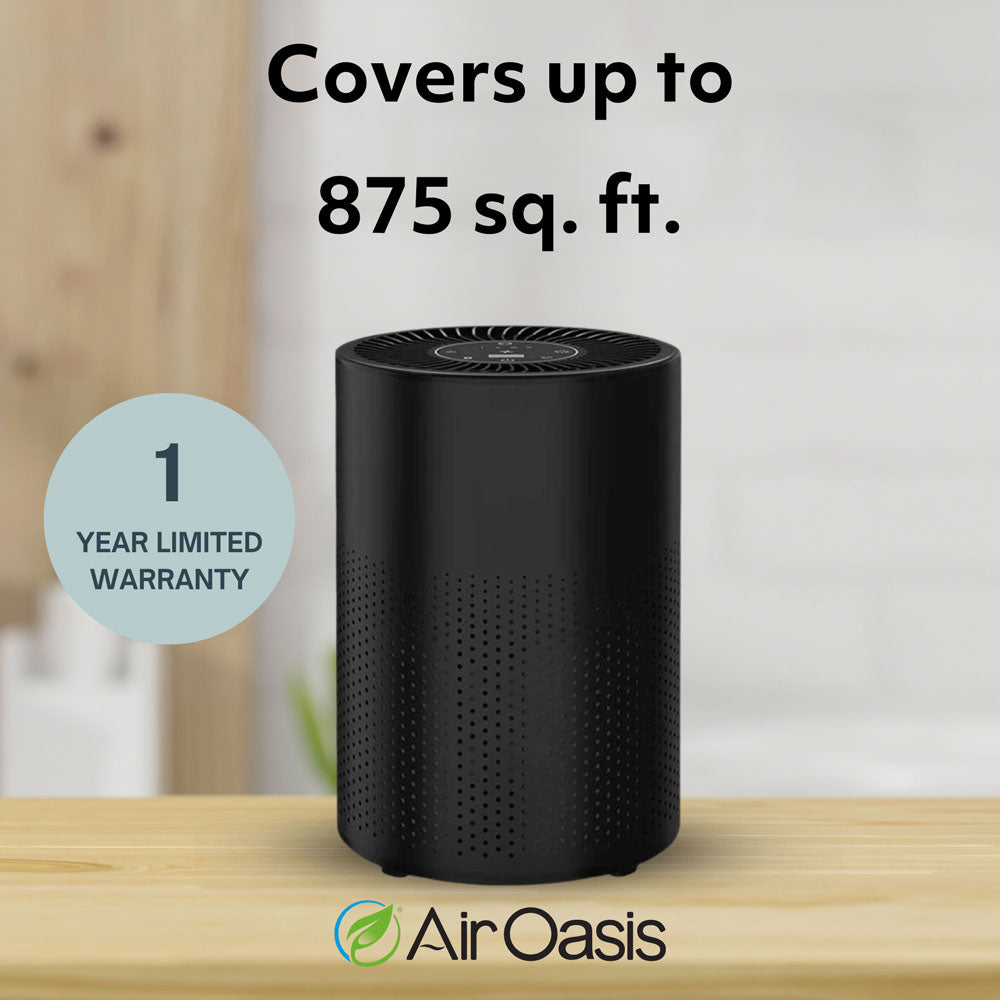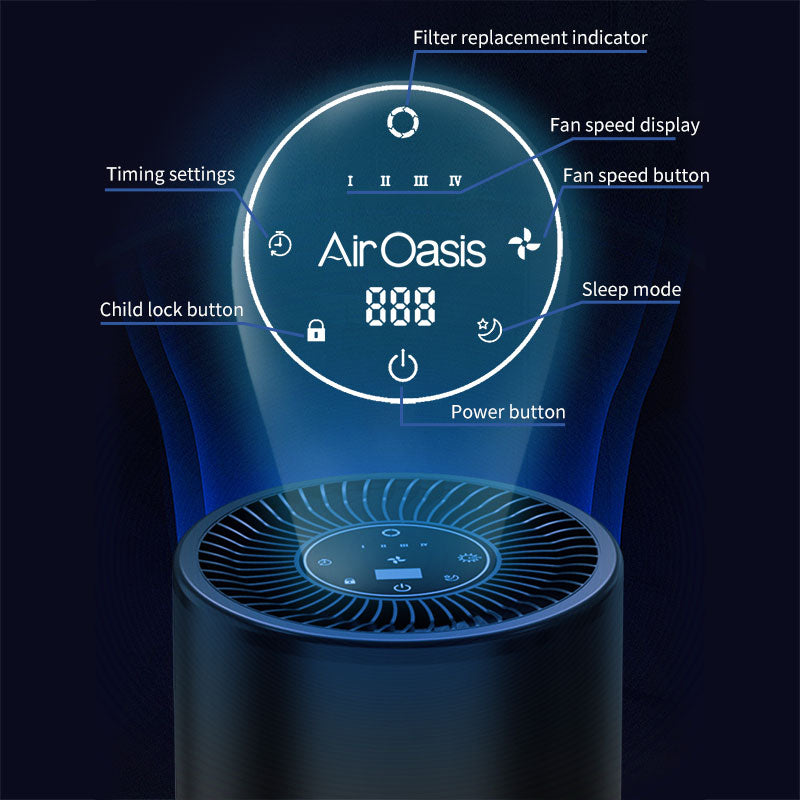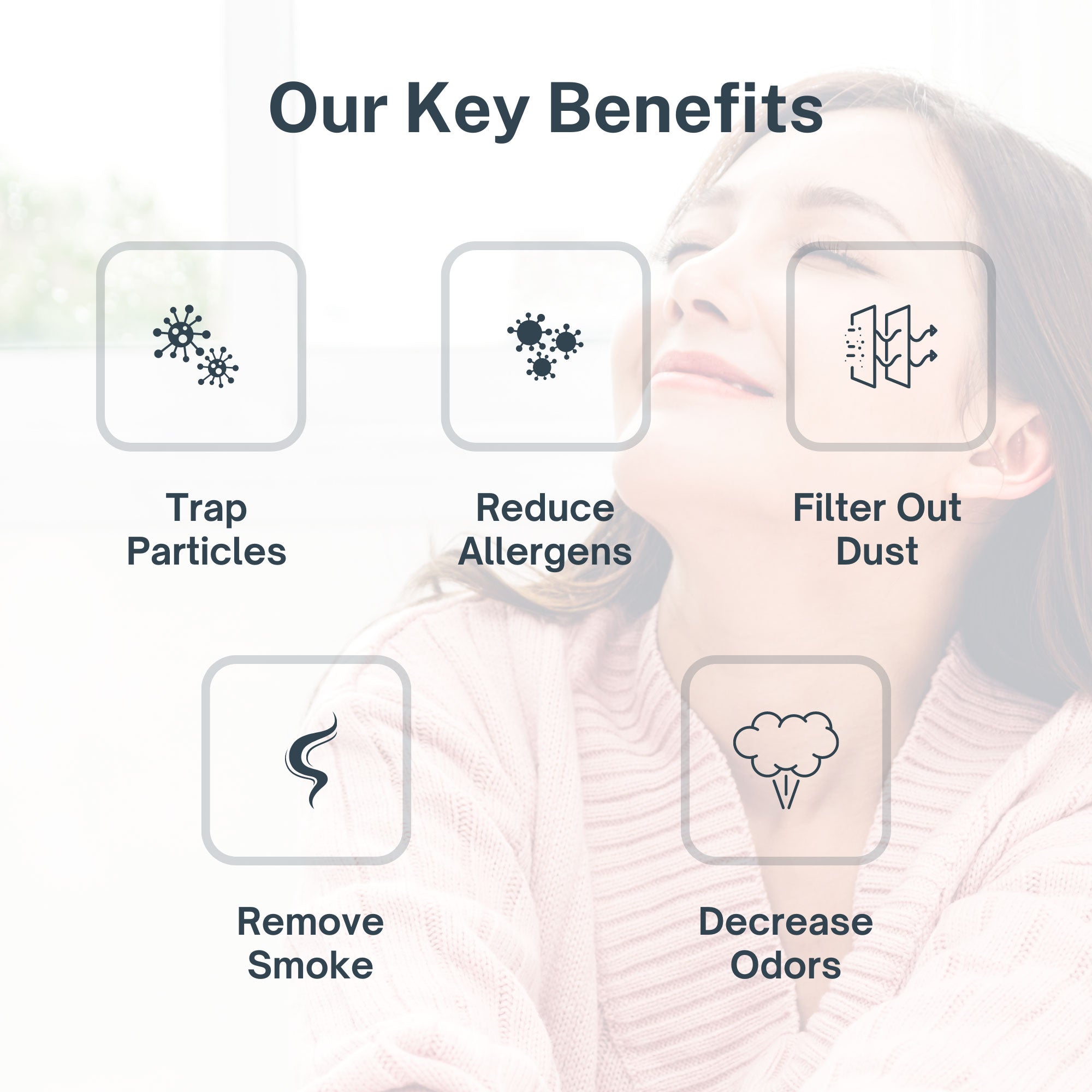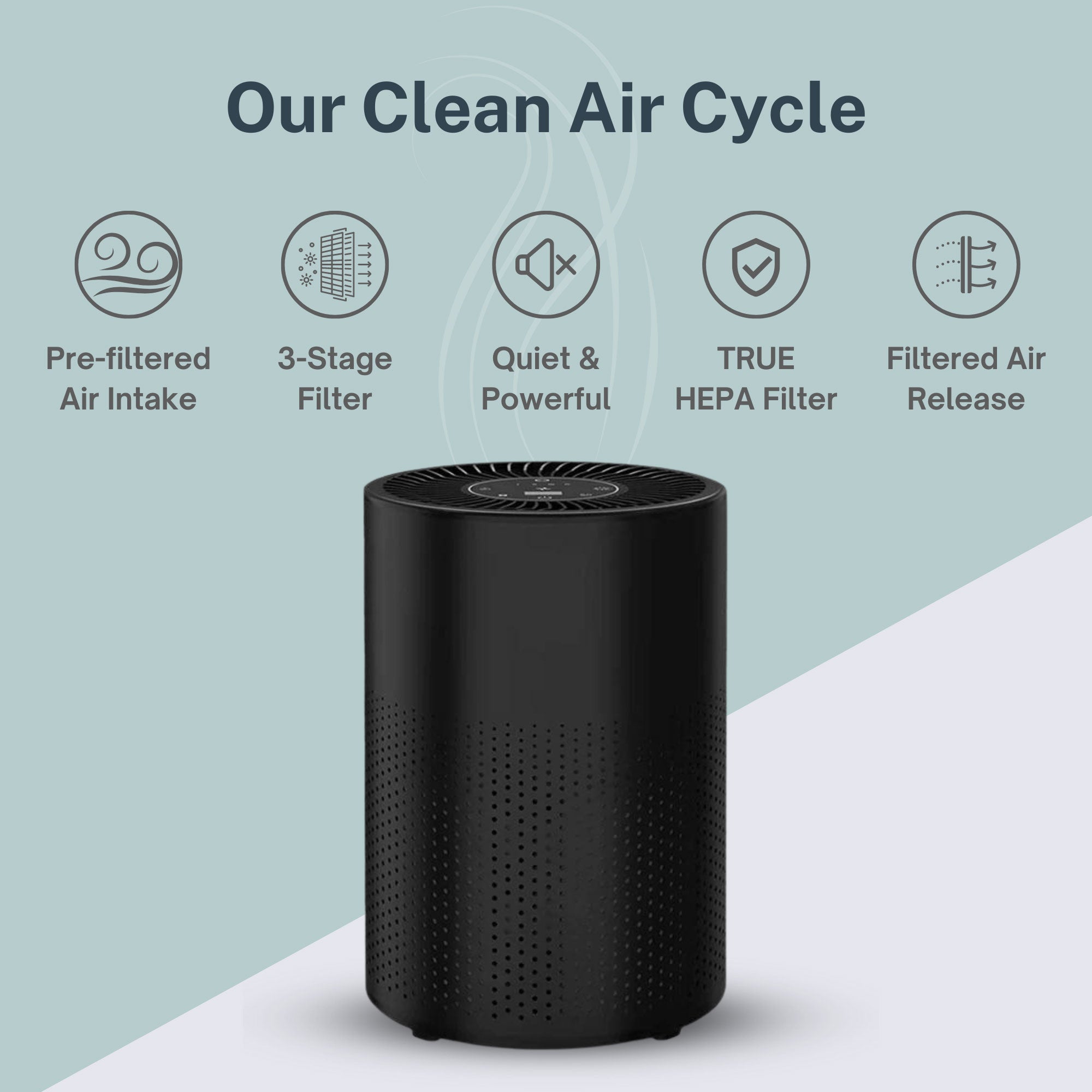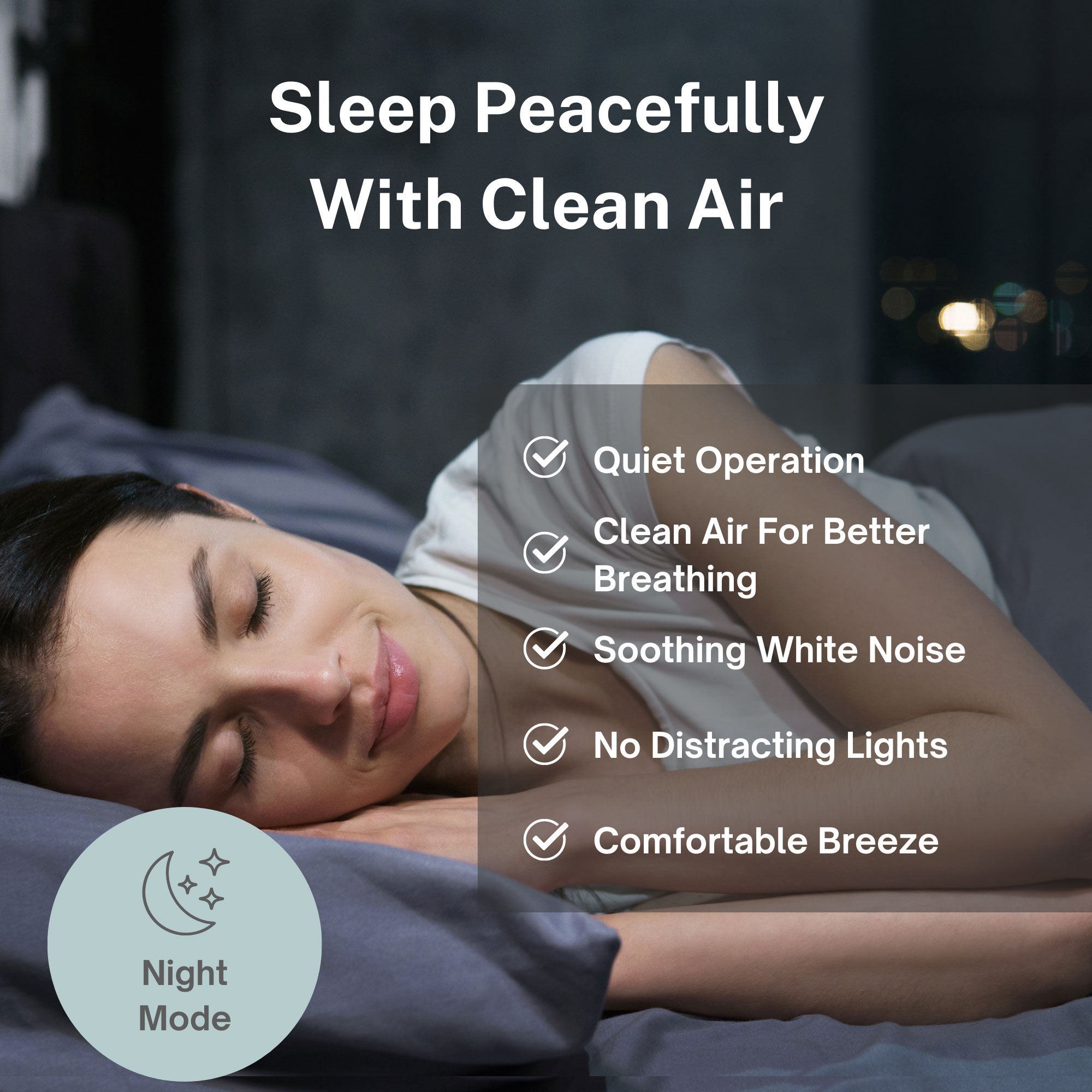Blooming trees and fresh green grass are not a welcome sight for all individuals. For those that suffer from pollen allergies, signs of spring bring dreaded allergy symptoms.
Despite common misconceptions, pollen allergies are present throughout the year in many parts of the United States. From tree allergies to weed and grass allergies, pollen typically rages during the spring months, leaving allergy sufferers miserable until late fall and winter tamp things down.
If you suffer from pollen allergies, not all hope is lost. Understanding the most common triggers is a great first step in limiting presence and exposure in your day-to-day life.
Thanks to modern technology, you can breathe clean, fresh indoor air when you run a high-quality air purifier for allergies. Enjoy the beautiful green grass and blooming tree blossoms from the comfort of your air-purified home with the help of Air Oasis.
What is a Pollen Allergy?
One of the most common causes of allergies in the United States, pollen comes in many familiar forms. Pollen is a very fine powder produced by trees, flowers, grasses, and weeds to fertilize other plants of the same species. It’s common for people to have an adverse immune response when they breathe in pollen.
Over 67 million people suffer from allergies; of those 67 million, 81% say they are allergic to pollen.
The immune system typically prevents illness by defending the body against viruses and bacteria. When people suffer from pollen allergies, the immune system mistakenly identifies pollen as a harmful intruder, producing chemicals like histamine to fight against the pollen in the body.
This effect is known as an allergic reaction–the allergen is whatever specific type of pollen causes the reaction. Allergic reactions include marked symptoms such as sneezing, stuffy nose, watery eyes, nasal congestion, sinus pressure, sore throat, cough, decreased sense of taste or smell, and increased asthmatic reactions.
While some allergy sufferers experience allergy symptoms year-round, others only have seasonal allergies. Different pollen types are present at different times of the year, causing reactions in people who are sensitive to that specific type of pollen.
Birch Pollen Allergy
Most commonly present during the spring, birch pollen is one of the most common airborne allergens to affect allergy sufferers. Birch trees release tiny grains of pollen when the trees bloom and the wind scatters the grains. A single birch tree can produce up to 5.5 million pollen grains.
Oak Pollen Allergy
During the spring months, oak trees send pollen into the air. In comparison to the pollen of other trees, oak pollen is mildly allergenic, however, it stays in the air for longer periods of time. Because of its long presence in the air, it can cause severe allergic reactions in people who suffer from allergies. While oak pollen is present throughout the U.S., it is especially prevalent in Texas.
Tree Pollen Allergy
Outside of the most common birch and oak pollen allergies, countless tree pollen allergies appear in the United States throughout the year. Tree pollen allergies typically emerge in the spring but overlap into spring and summer.
Most trees produce pollen from March through May. As early as January, trees can produce pollen in warmer regions, such as the south.
Trees that commonly cause allergy symptoms include Alder, Ash, Aspen, Beech, Birch, Box elder, Cedar, Cottonwood, Elm, Hickory, Juniper, Maple, Mulberry, Oak, Olive, Pecan, Poplar, Walnut, and Willow.
Grass Pollen Allergy
In the spring and summer, grass is one of the primary triggers of pollen allergies. While there are many grass varieties, only a few trigger allergies–perennial rye, Bermuda grass, bluegrass, Bahia, Fescue, Johnson, Kentucky blue, and Timothy.
Perennial Rye Grass Allergy
Present in almost all regions of the U.S., perennial ryegrass is a type of grass widely used in lawns, pastures as a forage, roadsides, and waste areas. Perennial varieties typically grow in tufts or mats. Most pollen comes from the grass found in pastures, hay fields, and wild areas since the plants must usually be more than 1 foot tall to flower.
Bermuda Grass Allergy
Typically used for lawn grass, Bermuda grass is found in the warmer regions of the U.S. Bermuda grass sheds abundant pollen, which then becomes wind-borne. For allergy sufferers, mowing Bermuda grass later in the day is recommended because the pollen is actively shed earlier in the morning.
Orchard Grass Allergy
A major cause of hay fever in the early summer (along with Kentucky bluegrass or June grass), Orchard grass is one of the most significant types of grass pollen allergies. Orchard grass is widely present throughout the U.S. on moist soils with partial shade. Commonly a forage crop, it is used as ground cover under orchard trees.
Orchard grass produces abundant pollen during May and June. To reduce flowering and pollen shed, grass should be cut or grazed early in the growing season.
Bent Grass Allergy
One of the more significant grass types in terms of pollen allergies, bent grass is generally used for pasture grass and sometimes for lawns and golf courses. Bent grass sheds large amounts of pollen from June through August. While it is typically kept at the height of ½ inch for lawns and golf courses, it can grow as high as two to four feet tall.
Ragweed Pollen Allergy
One ragweed plant can produce almost 1 billion grains of pollen. Because of their mass, ragweed plants are the most common cause of pollen allergies. While they are typically most active during the fall, ragweed can start as early as August and continue as late as November, depending on the location and weather factors. The wind easily carries ragweed pollen and can survive winter in mild climates, making its presence active year-round in certain environments.
Weed Pollen Allergy
Weed pollen, including ragweed, is most common in the late summer and fall. Common weeds that cause weed pollen allergies include Ragweed, Burning bush, Cockburn, Lamb’s-quarters, Mugwort, Pigweed, Russian thistle, Sagebrush, and Tumbleweed.
Amaranth (Pigweed) Pollen Allergy
Found throughout the United States, pigweed is a difficult allergen to avoid. Most prevalent in the fall, pigweed makes for a miserable season for allergy sufferers. Pigweed allergy season can be expected to begin in late summer and last until the first frost of the year.
You can remove pigweed from your yard to reduce the amount of pigweed pollen in and around your home. However, pigweed has the ability to travel for miles, so you may still face exposure even if it is not in your immediate vicinity.
Air Purifiers for Pollen Allergies
After a long winter, everyone wants to look to spring with excitement as the flowers bloom, the sunshine returns, and warmer temperatures make way for summer.
But for allergy sufferers, the signs of spring mean pollen allergy triggers are out in full force: runny nose, sore throat, watery eyes, and much more.
Air purifiers provide welcomed relief from pollen allergy symptoms. With a HEPA filter, carbon filter, silver ion filter, UV light, and Bi-Polar ionization, the iAdaptAir™ stops allergens in their tracks year-round.
Celebrate spring blooms while breathing easy with the help of Air Oasis air purifiers for pollen allergies.


